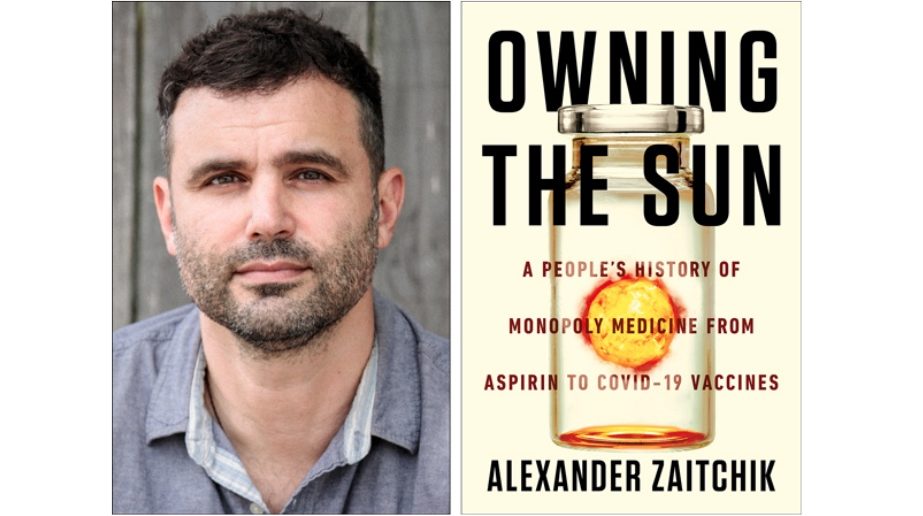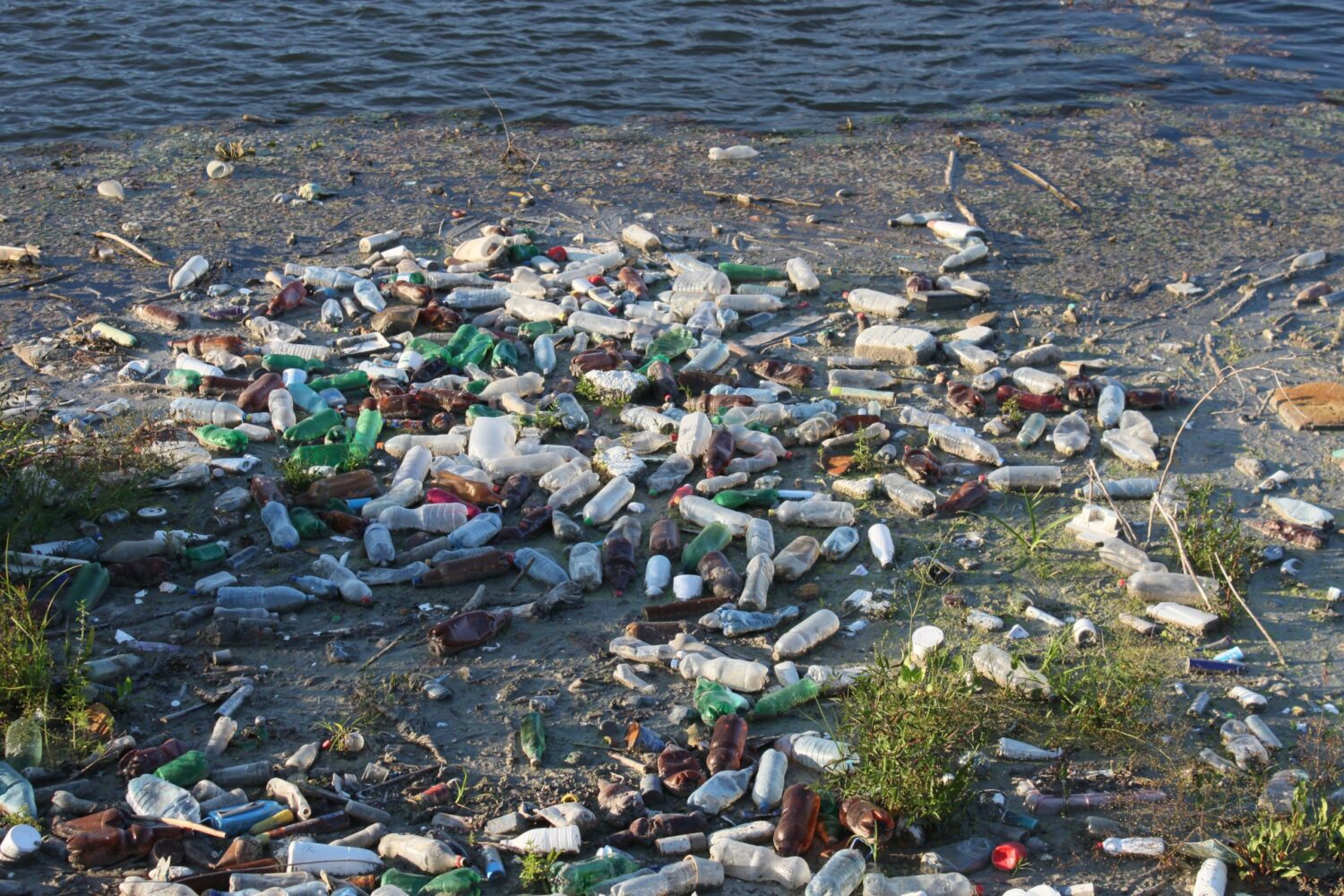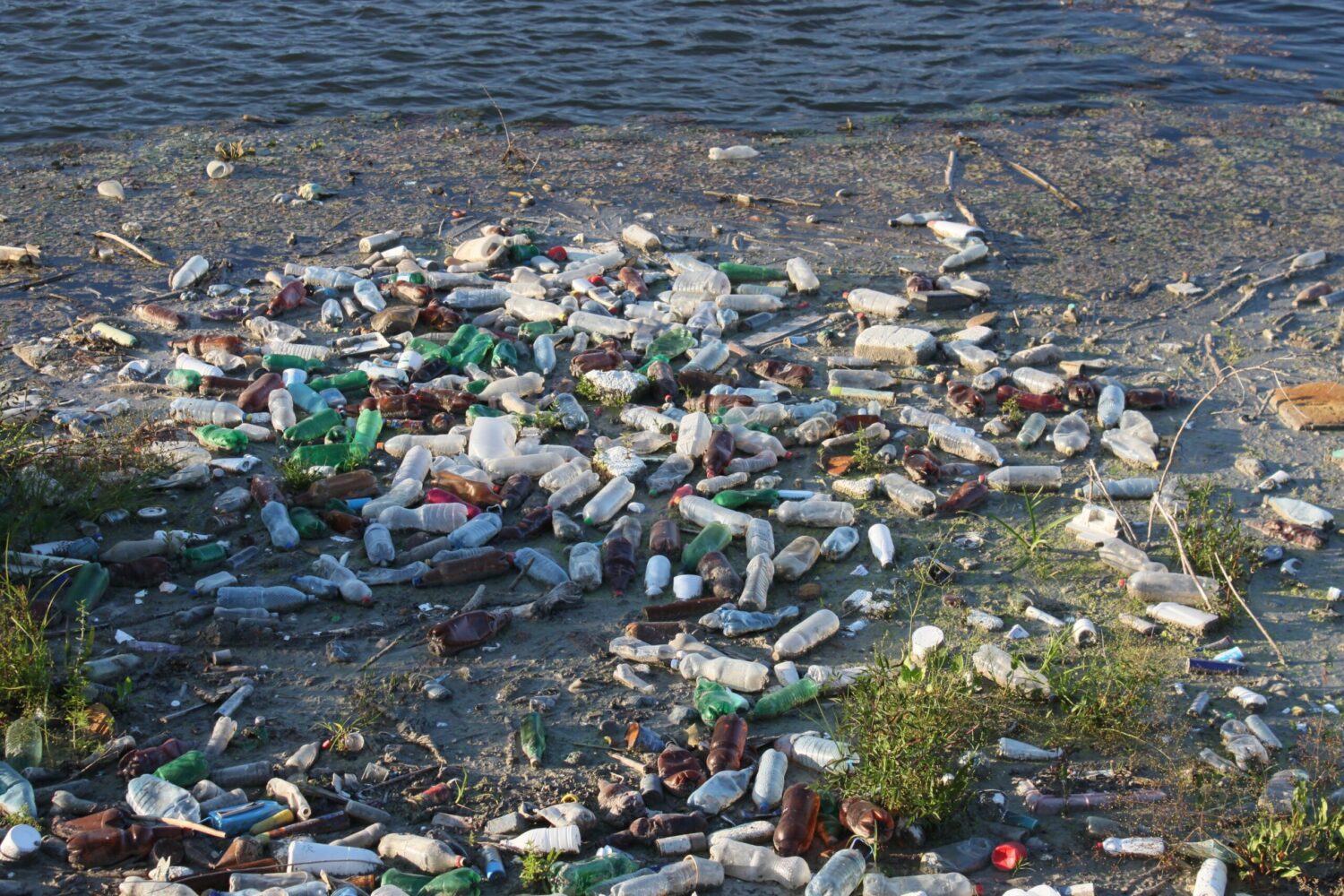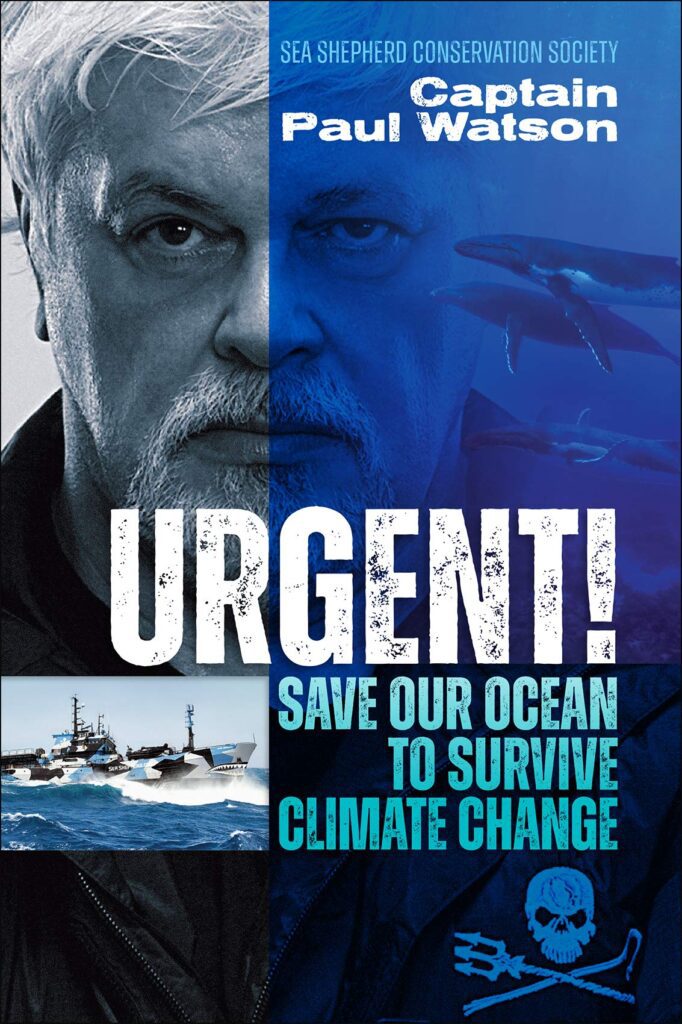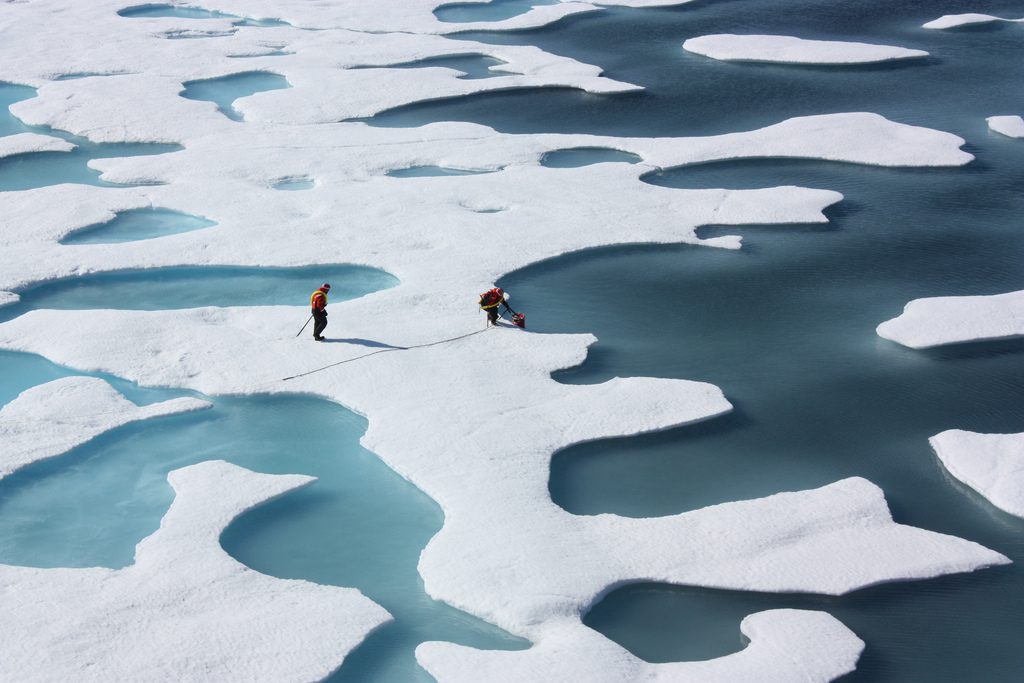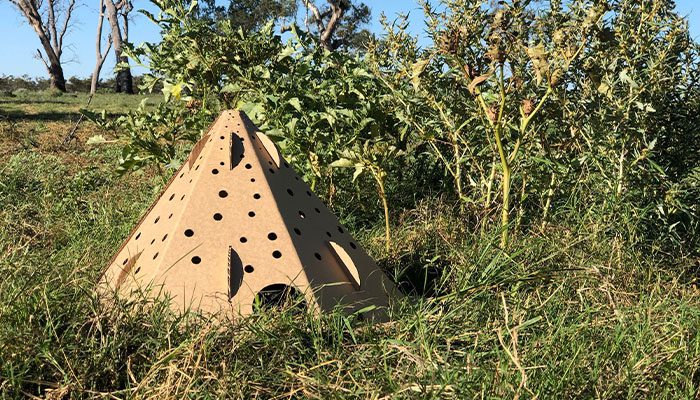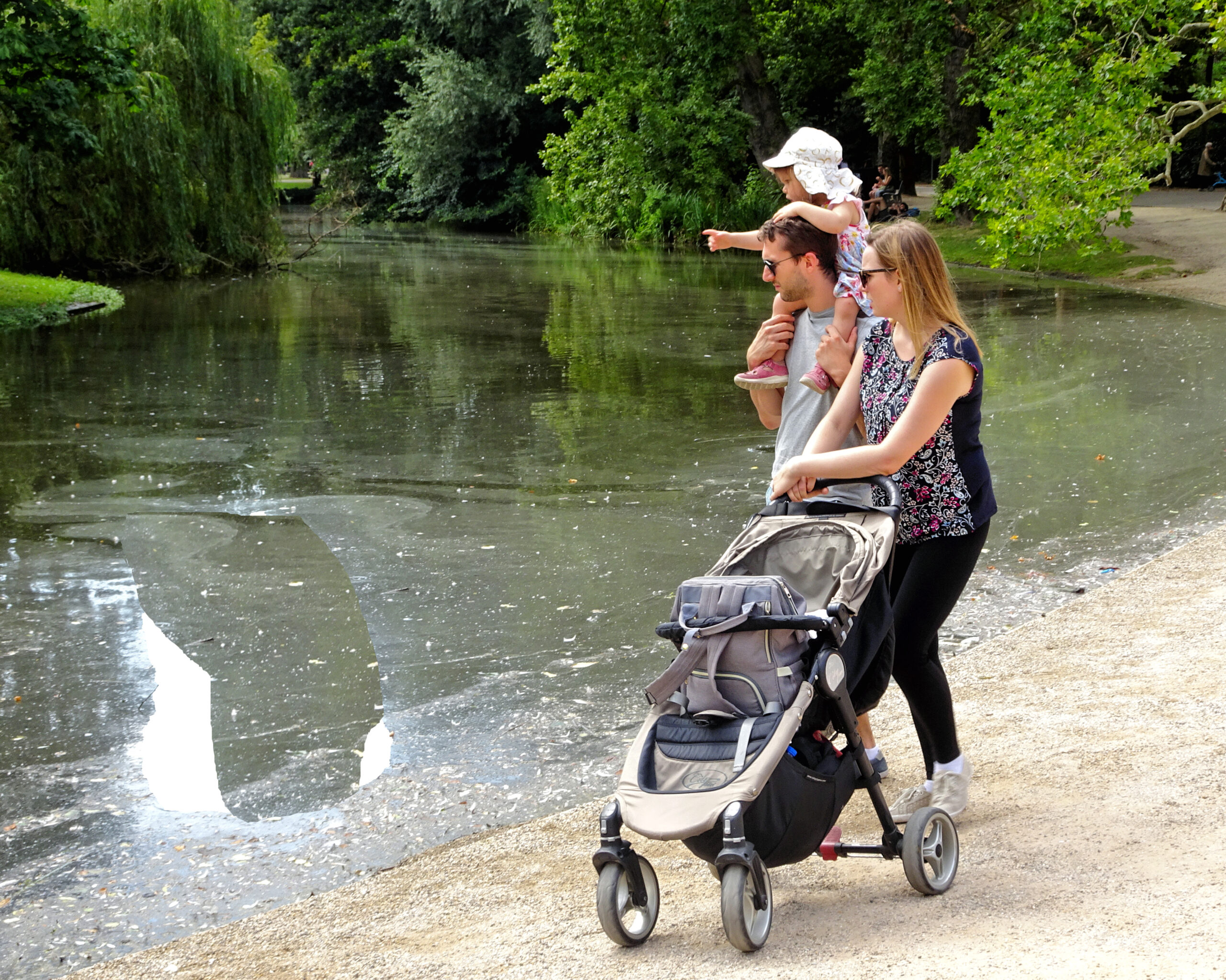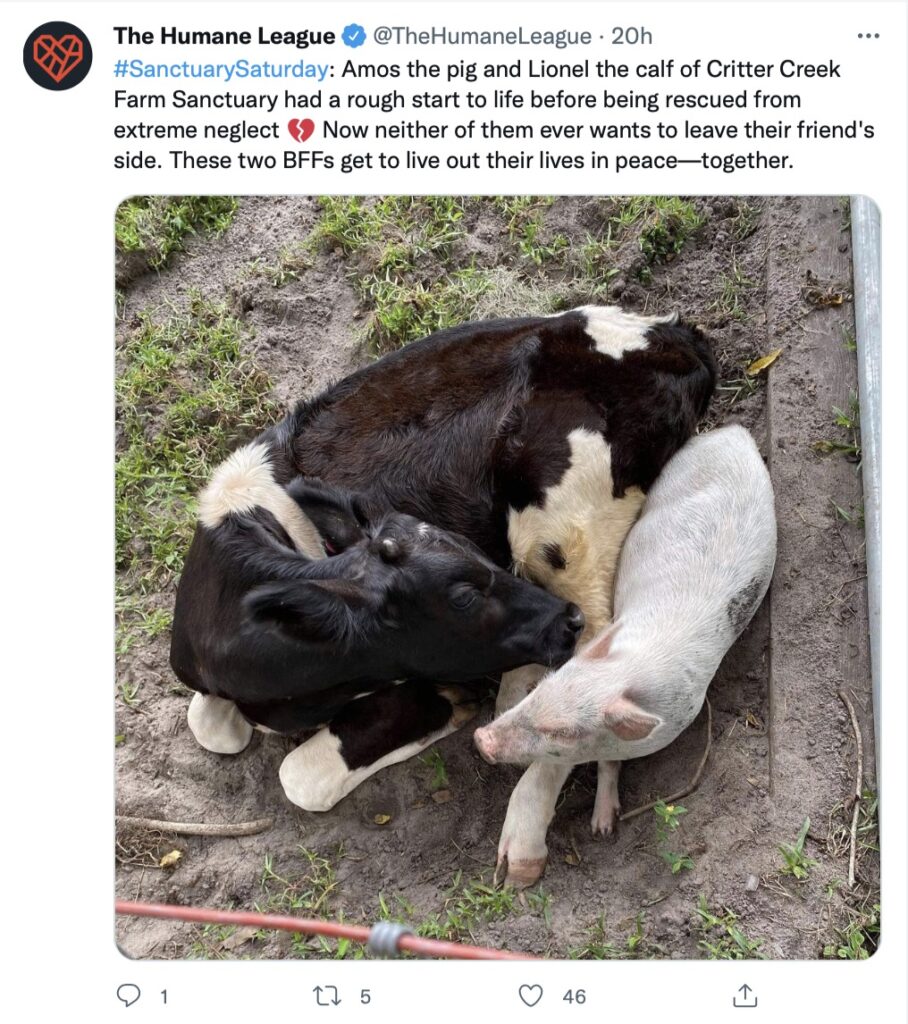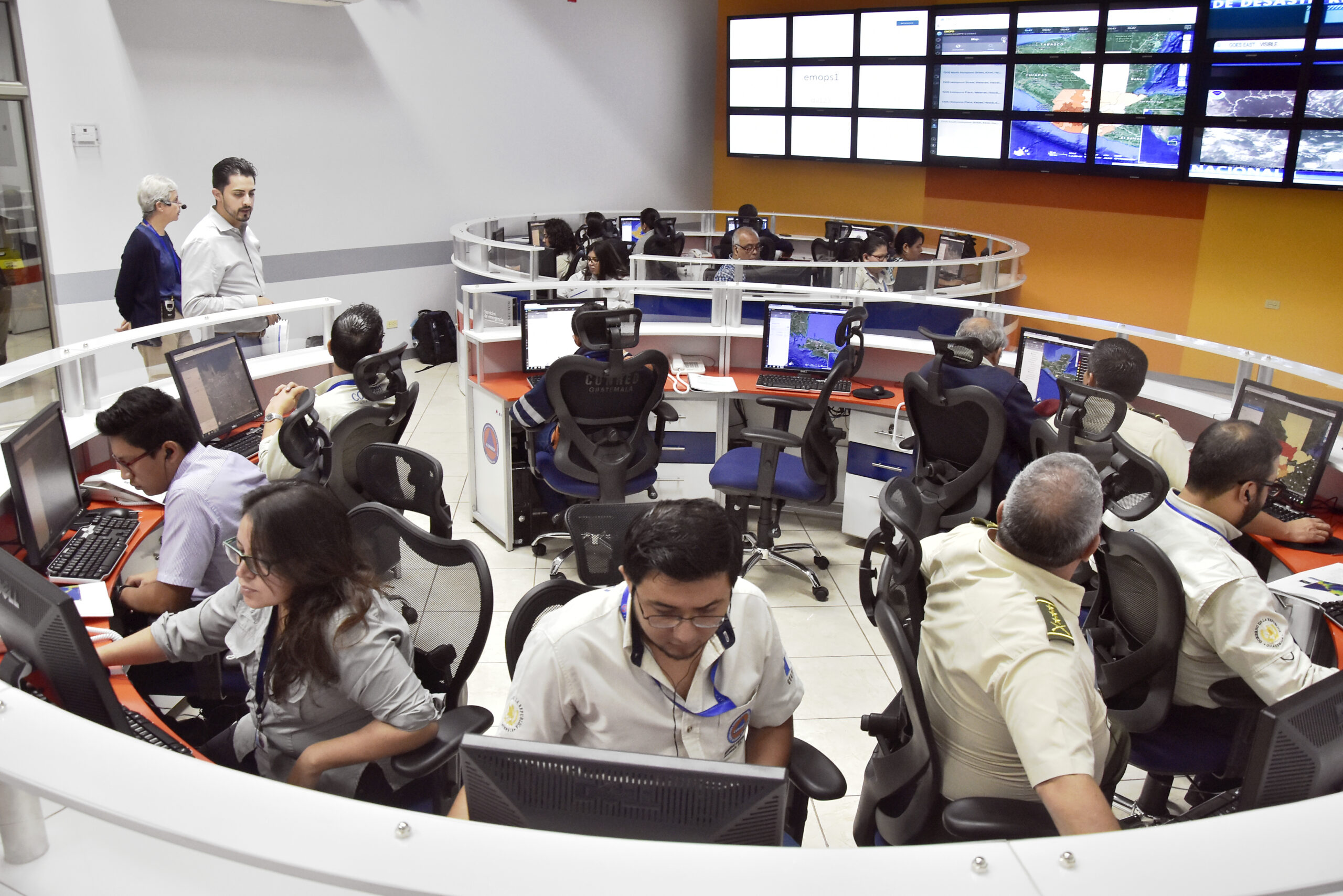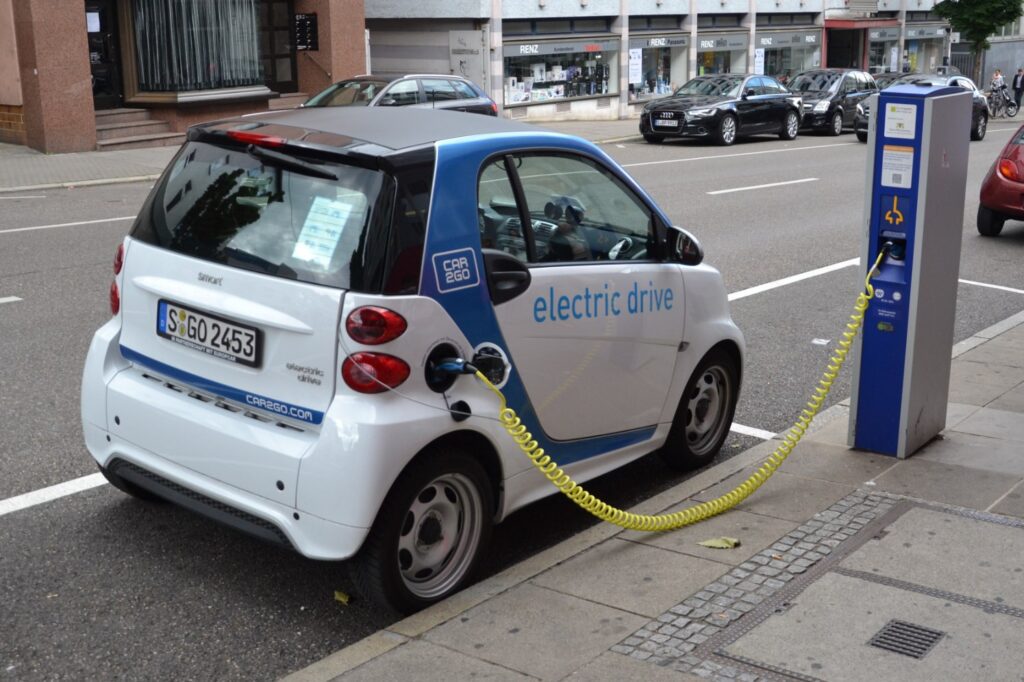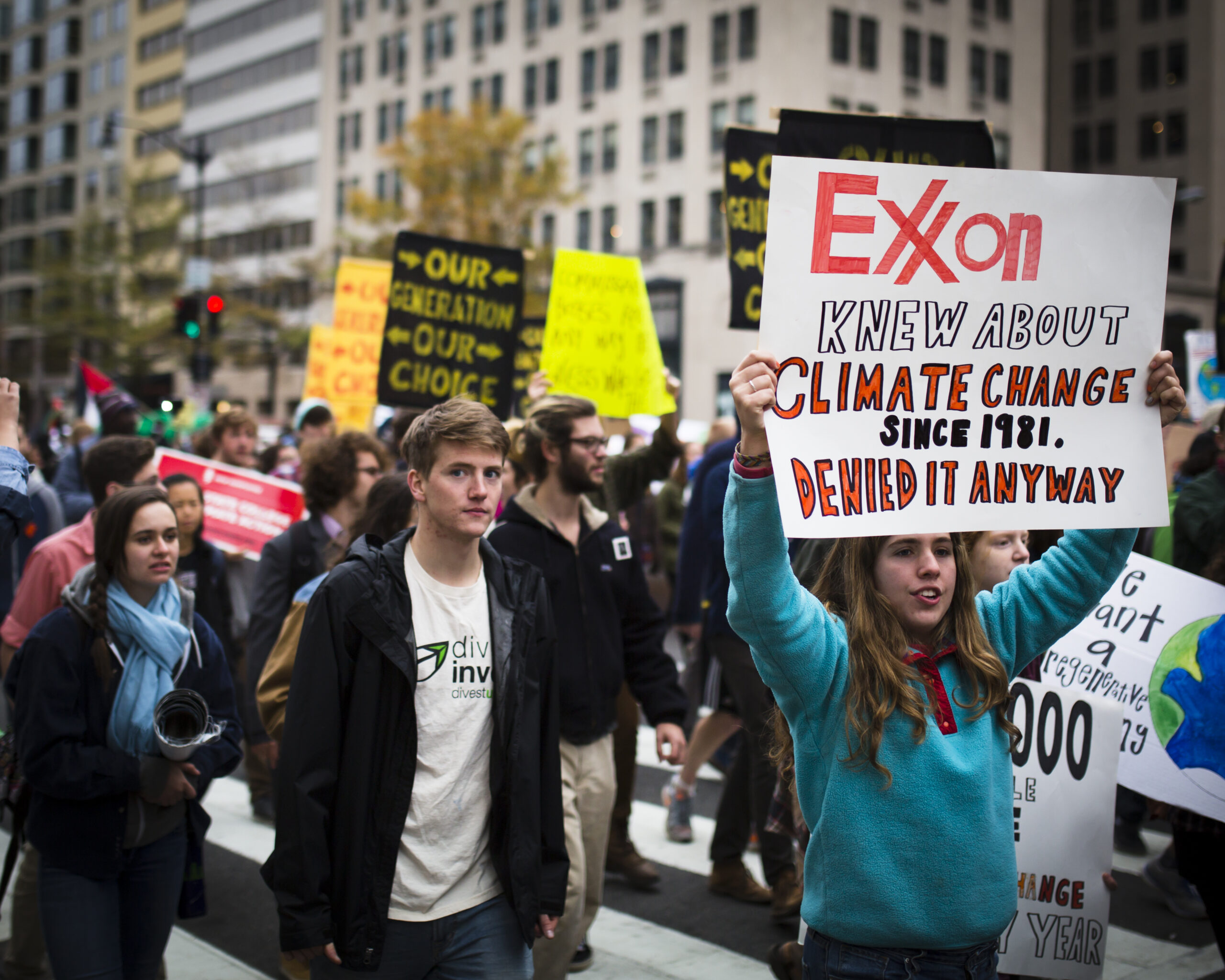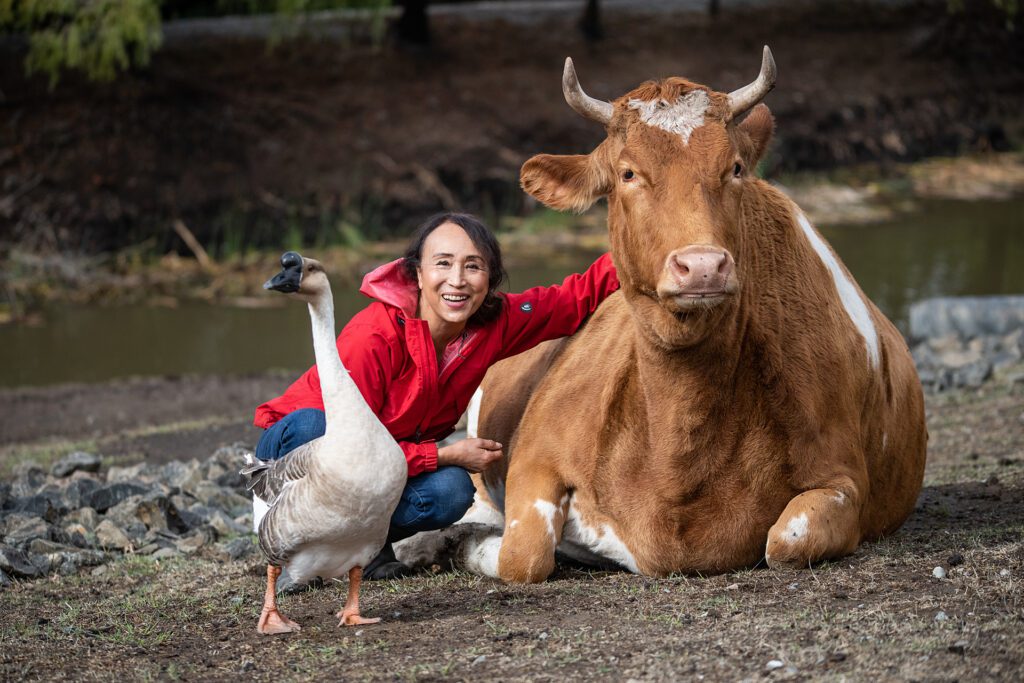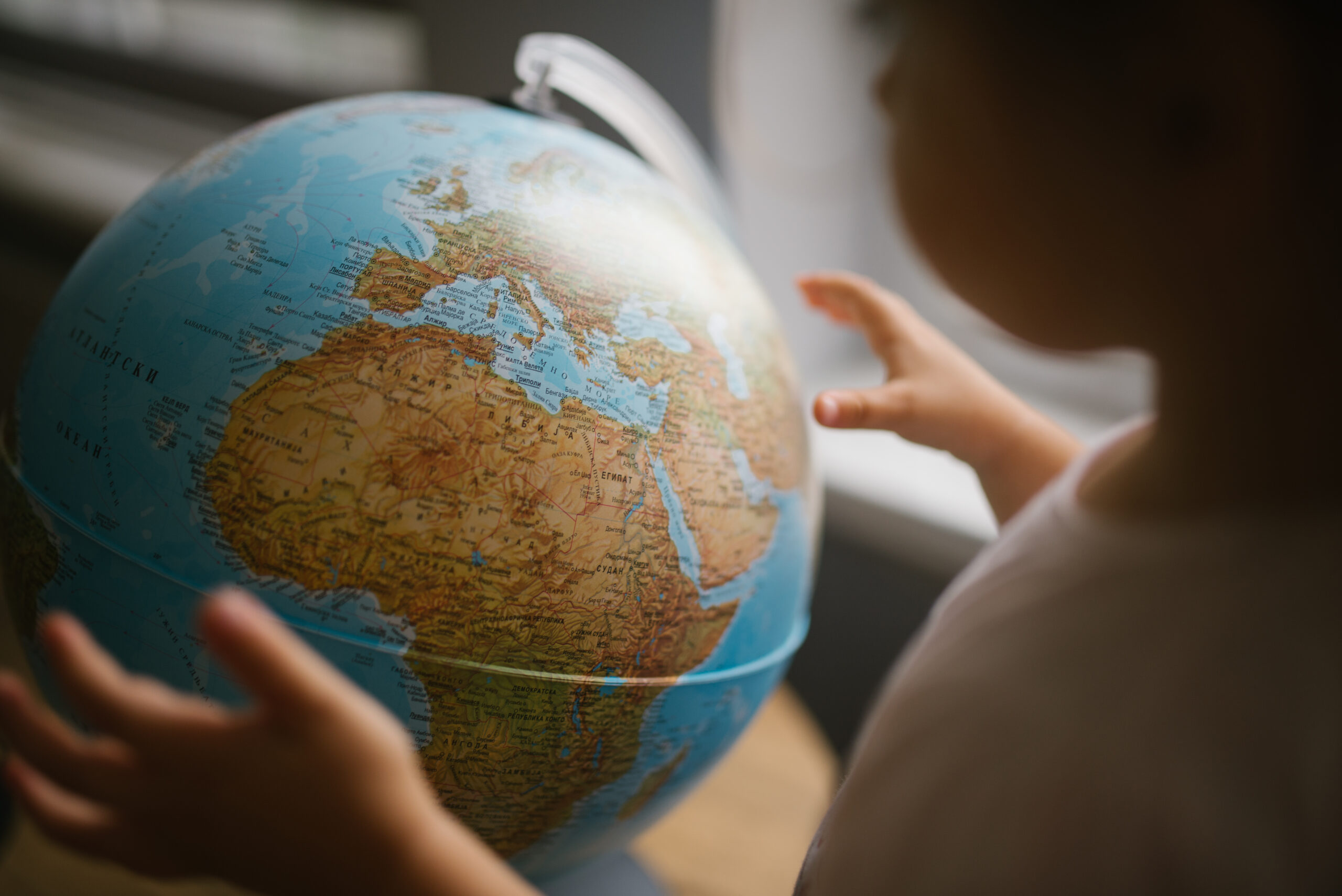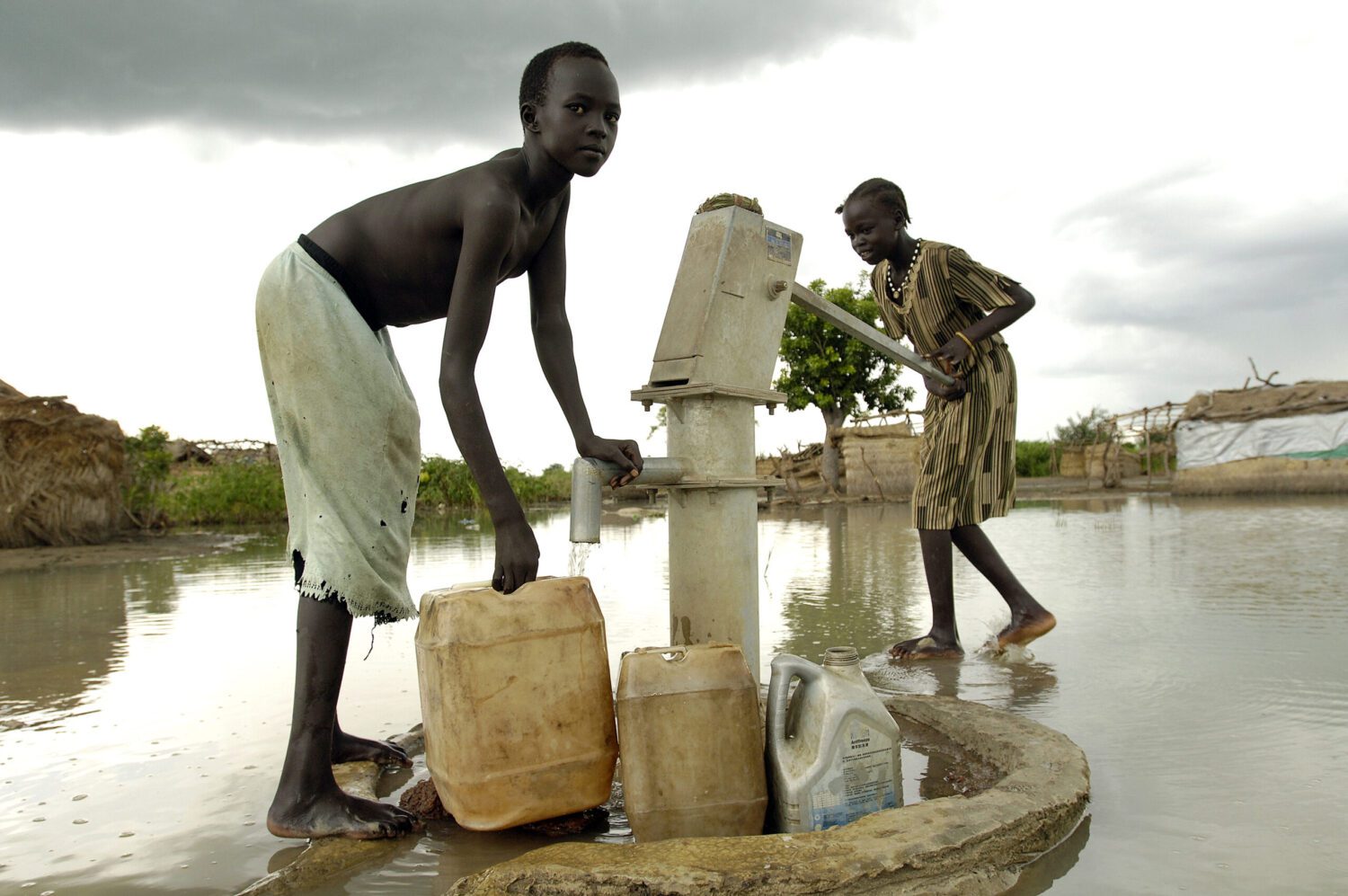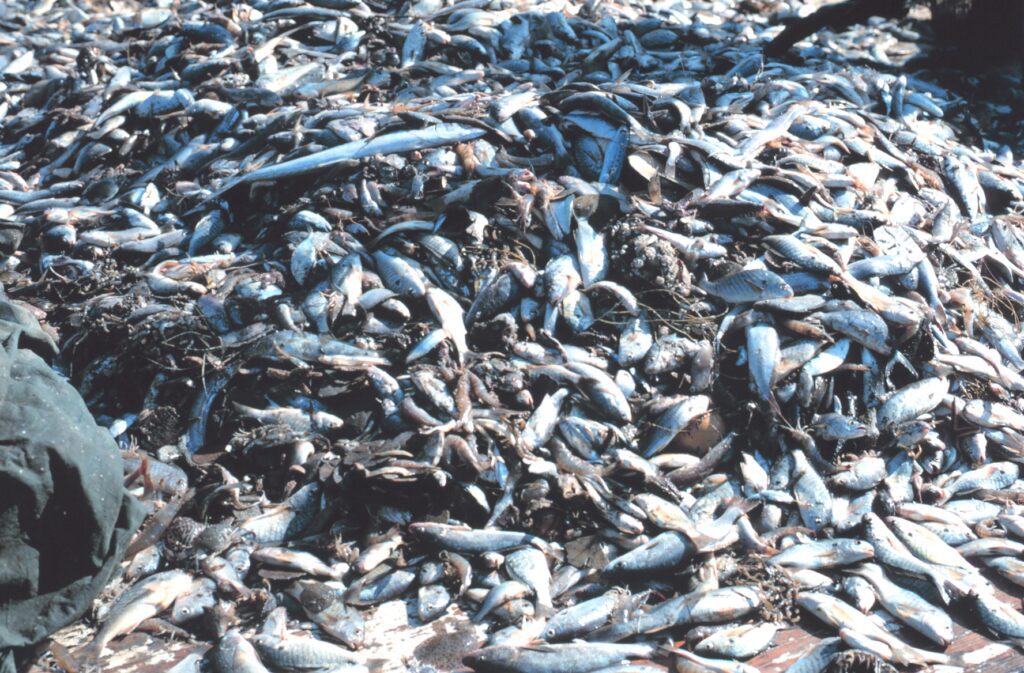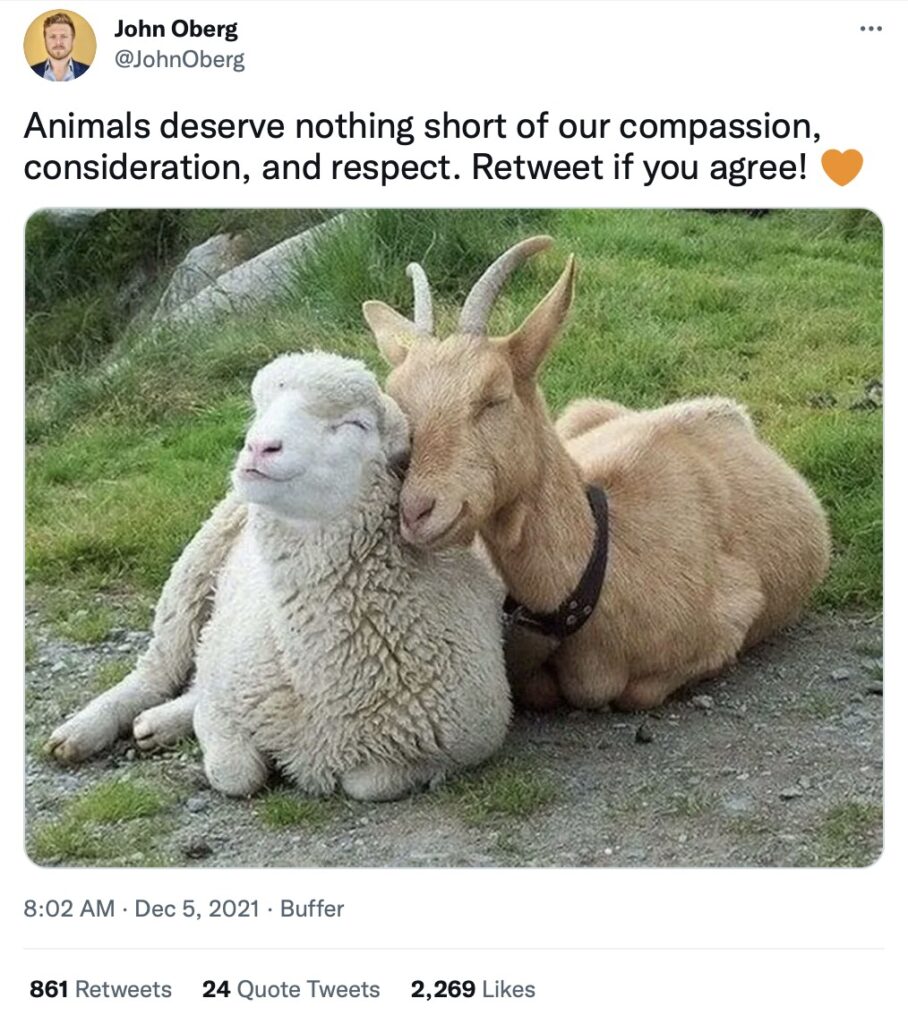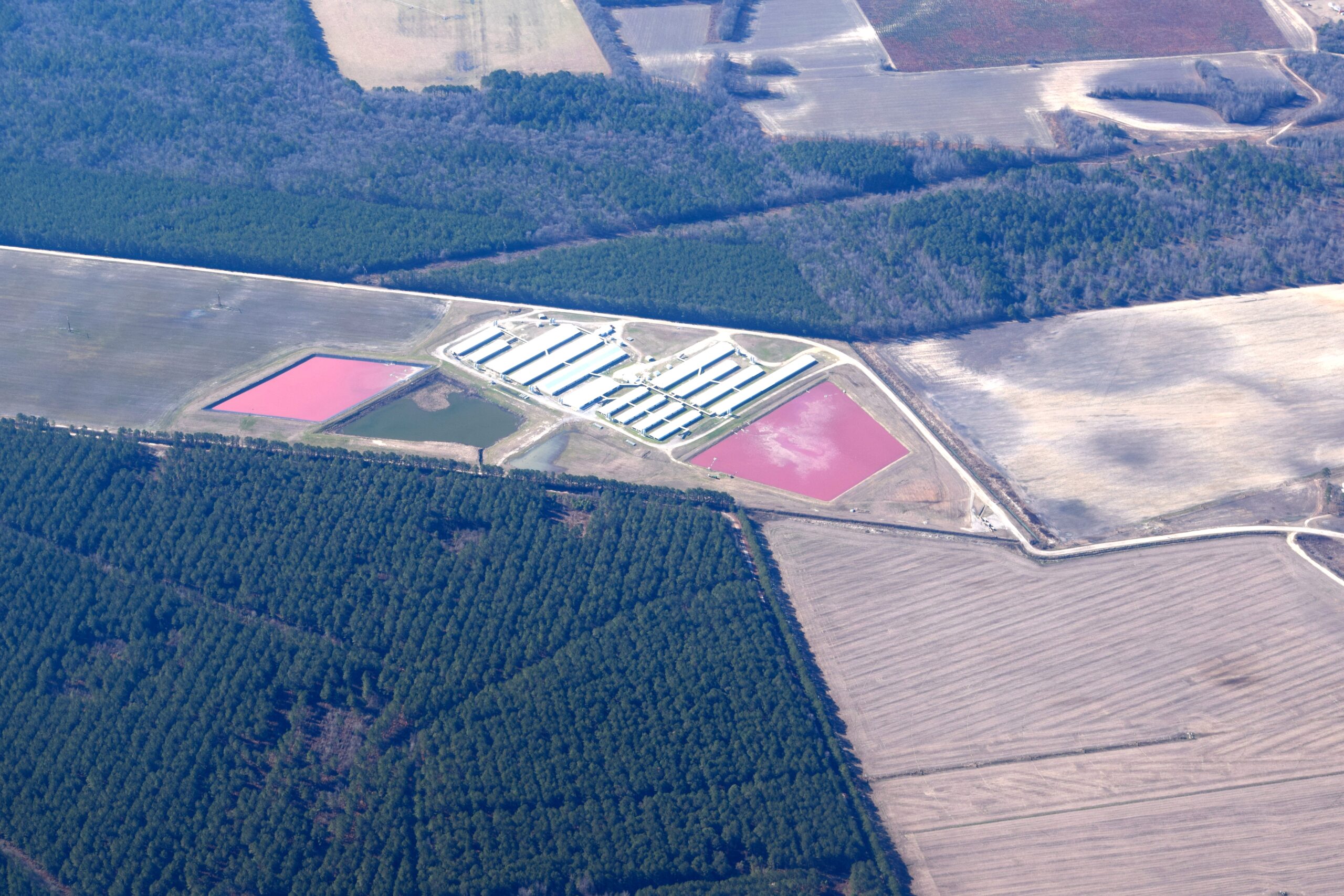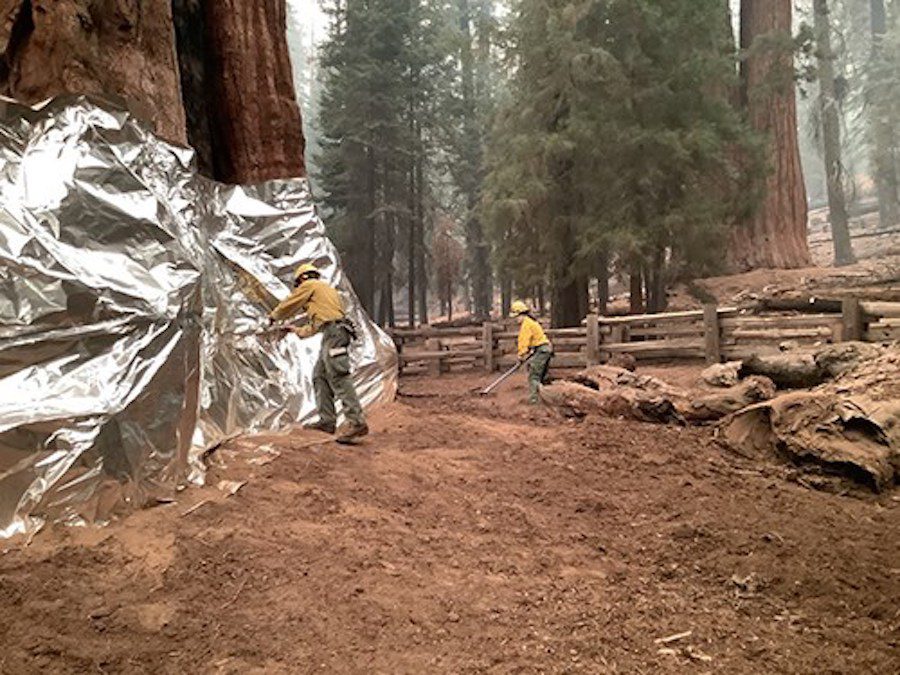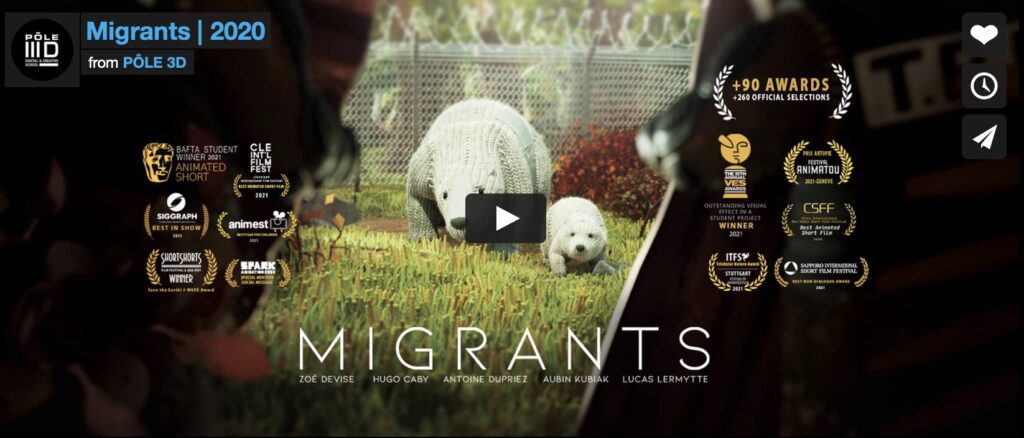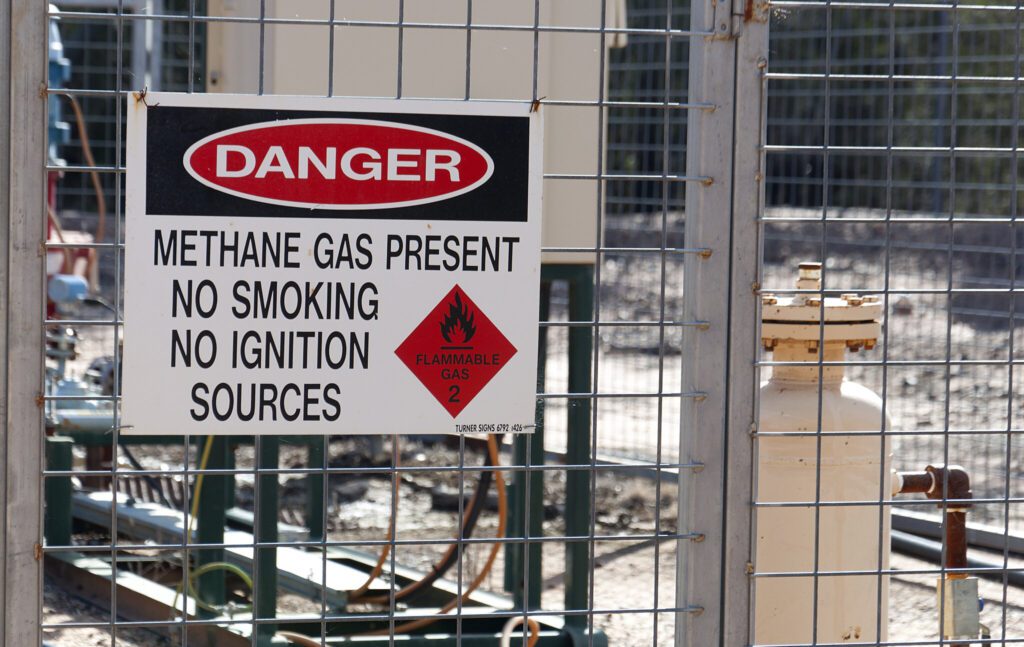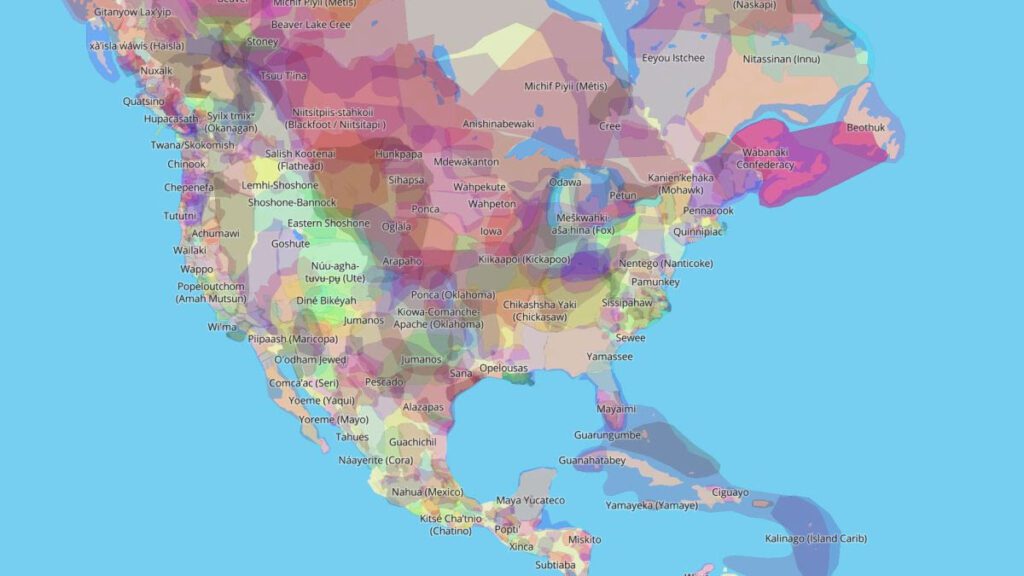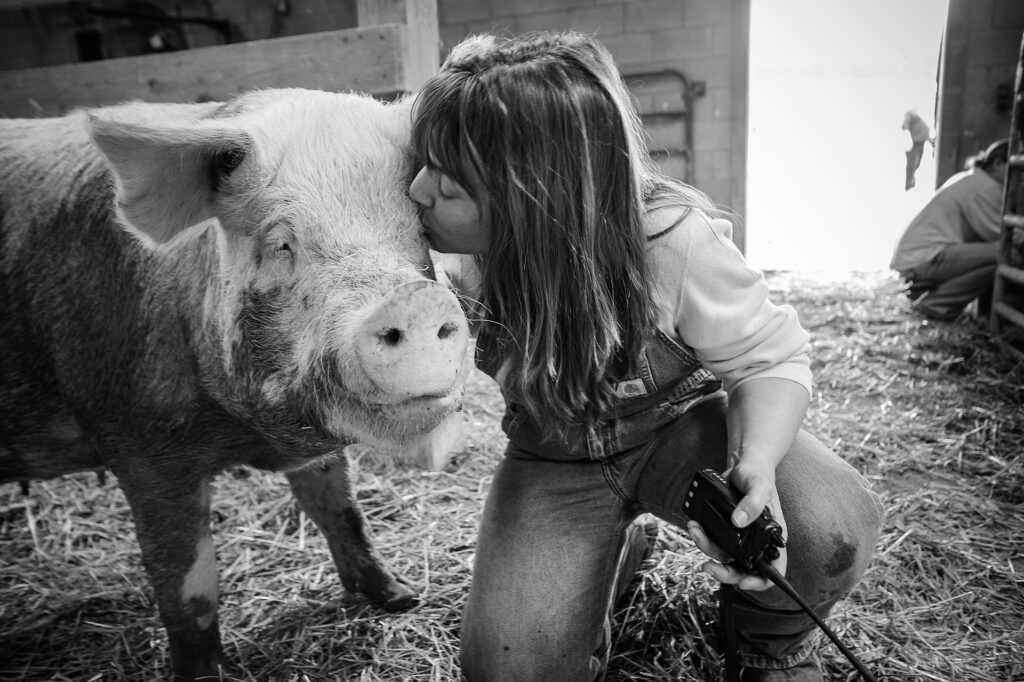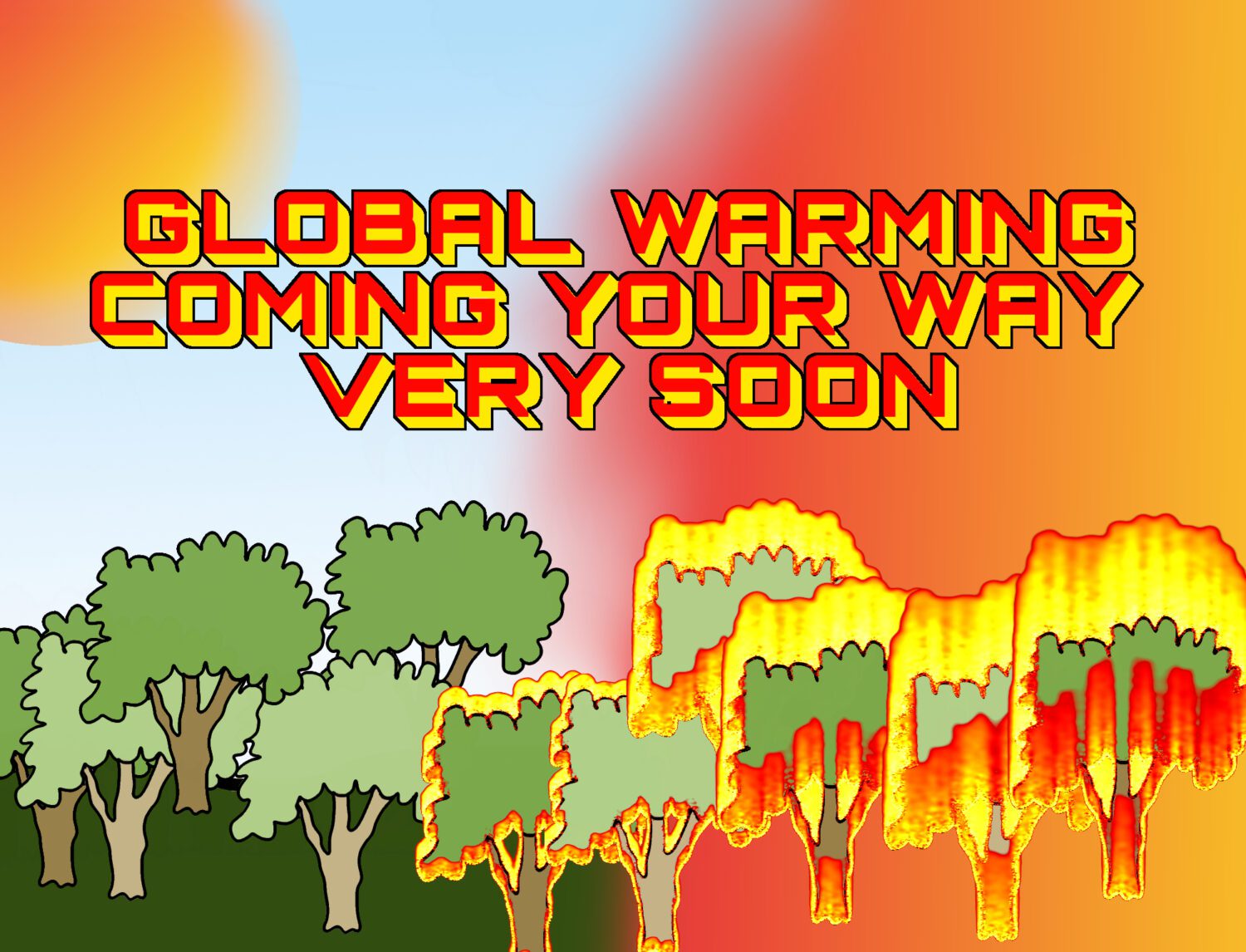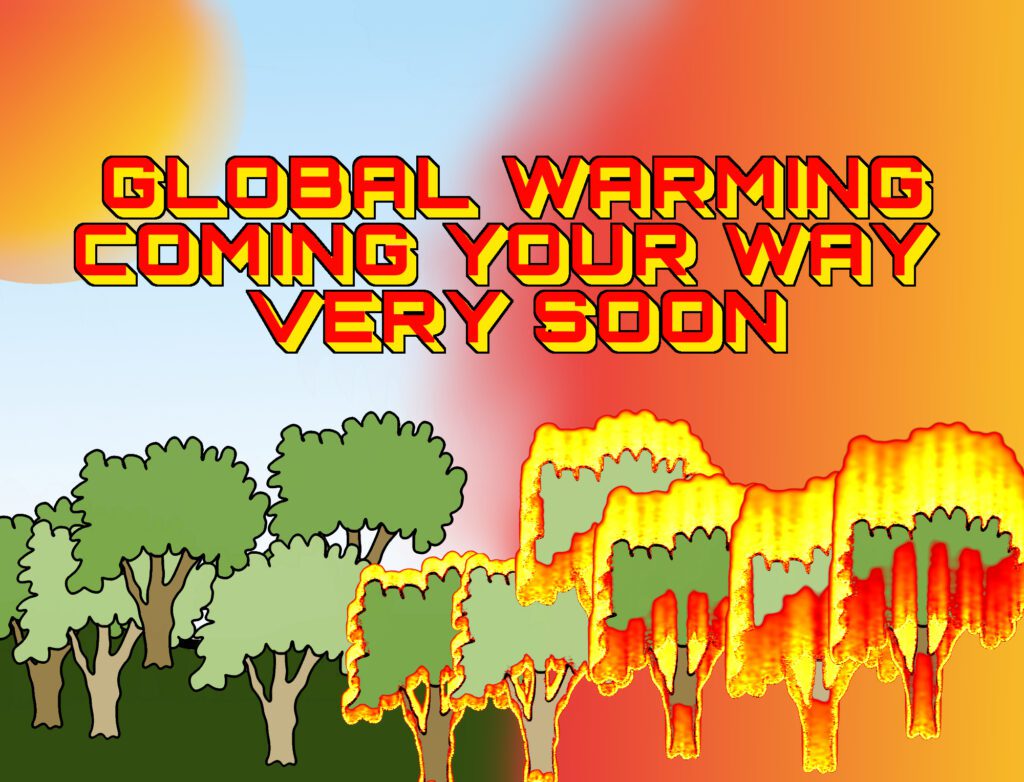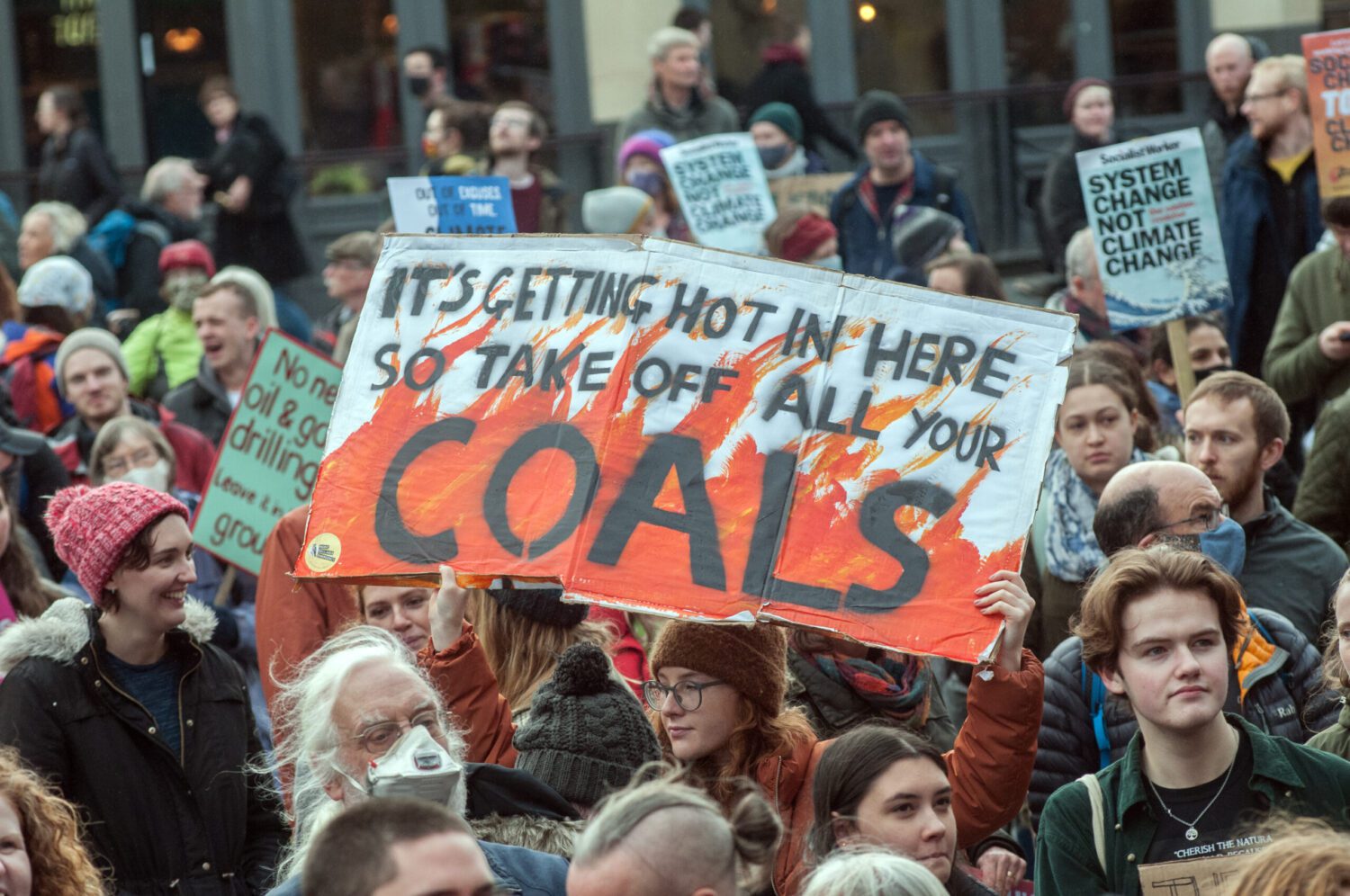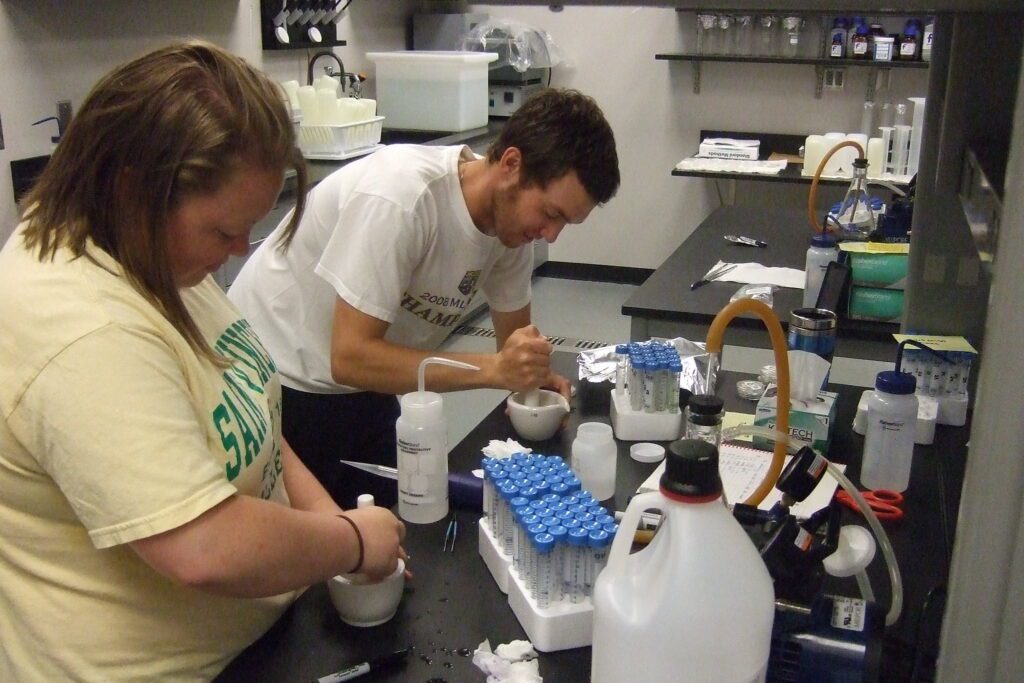


As Bitcoin prices rise, so will the incentive to mine it, creating a feedback loop that spells trouble for the climate.
By Robin Scher, Independent Media Institute
10 min read
For advocates of cryptocurrency, the promise of an economic future that is managed by a blockchain (a decentralized database that is shared among the nodes of a computer network, as opposed to being held in a single location, such as a central bank) is compelling. For anyone paying attention, the rapid expansion of cryptocurrency has been stunning. In 2019, the global cryptocurrency market was approximately $793 million. It’s now expected to reach nearly $5.2 billion by 2026, according to a report by the market research organization Facts and Factors. In just one year—between July 2020 and June 2021—the global adoption of cryptocurrency surged by more than 880 percent.
But the increasing popularity of cryptocurrency has environmentalists on edge, as the digital “mining” of it creates a massive carbon footprint due to the staggering amount of energy it requires. Based on data from the Bitcoin Energy Consumption Index from Digiconomist, an online tool created by data scientist Alex de Vries, the carbon footprint of Bitcoin, the world’s largest cryptocurrency, is equivalent to that of New Zealand, with both emitting nearly 37 megatons of carbon dioxide into the atmosphere every year, according to a February 2021 CNBC article.
To understand why this is a problem, it’s important to explain what goes into creating a cryptocurrency like Bitcoin. Unlike fiat money, which is regulated through central banks, transactions in Bitcoin are tracked through a public ledger consisting of a network of computers around the world: the blockchain. “Mining”—a process in which computational puzzles are solved in order to verify transactions between users, which are then added to the blockchain—allows this validation to take place, which is an energy-intensive process.
It’s been a bit of a wild ride for Bitcoin. The market price of a single bitcoin plunged below $30,000 in June 2021 for the first time since January 2021—falling by more than half from its April peak of around $65,000. Nevertheless, some analysts and billionaire investors are still feeling bullish about the crypto coin, as several leading businesses continue to adopt the currency.
Goldman Sachs started trading Bitcoin futures (agreeing to transact the coin at a predetermined future date and price). Tesla invested $1.5 billion in Bitcoin. PayPal announced in March 2021 that it would allow its U.S. customers to use cryptocurrency to pay its millions of online merchants. In September, El Salvador became the first country to make bitcoin legal tender. This, coupled with the fact that big-name brands like AT&T, Home Depot, Microsoft, Starbucks and Whole Foods now accept bitcoin payments, could pave the way for mainstream use. But if the bulls are right and the price of a single Bitcoin eventually hits $500,000, it would pump more carbon dioxide into the atmosphere than what is released by countries like Brazil or Mexico.
Another sector shaken up by digital assets is the art world, as digital artworks have been making headlines for the huge amounts they’ve been selling for on the market through the use of nonfungible tokens, more commonly known as NFTs, a type of guarantee backed by the Ethereum blockchain. In simpler terms, the works are created, or “minted,” through a process called proof-of-work (PoW), which establishes its unique identity, as explained in an article on Hyperallergic.
This is arguably an improvement over the traditional art market when it comes to storing the value of the original work but is terrible for carbon emissions. The carbon footprint of a single Ethereum transaction as of December 2021 was 102.38 kilograms of CO2, which is “Equivalent to the carbon footprint of 226,910 VISA transactions or 17,063 hours of watching YouTube,” according to Digiconomist. Meanwhile, the electrical energy footprint of a single Ethereum transaction is about the same amount as the power that an average U.S. household uses in 8.09 days, the website further states.
In March 2021, Austrian architect Chris Precht announced that he was “[abandoning] plans to sell digital artworks backed by NFTs due to the environmental impact of mining the digital tokens,” according to Dezeen magazine. He said that he had created three digital artworks and wanted to sell them using blockchain technology. “I wanted to create 300 tokens because I had three art pieces and I wanted to make each one in an edition of 100. … I would have used the amount of electricity I usually use in two decades,” Precht explained.
“[W]e’re largely powering 21st-century technology with 19th-century energy sources,” Andrew Hatton, head of information technology at Greenpeace United Kingdom, told CNBC. He attributes this energy usage to the “huge amount of data-crunching needed to create and maintain this cyber-currency,” a process that demands a lot of electricity. The problem, according to Hatton, is that “only about a fifth of the electricity used in the world’s data centers comes from renewable sources.”
Another crucial aspect of cryptocurrency is that there is only a limited supply available. So, over time, as more bitcoin is mined, the complex math problems needed for transactions get harder to solve, demanding more energy in turn. The system is designed this way so that each digital token that gets issued contains its own unique cryptographic reference to the blockchain, ensuring its security. The issue of energy usage over time is further exacerbated by incentives attached to mining. In terms of Bitcoin, each time a miner solves the complex hashing algorithm required to produce bitcoin (the “PoW”), they receive a small amount of the cryptocurrency itself.
The inherent problem with this, as Charles Hoskinson, co-founder of Ethereum, told CNBC, is that “the more successful bitcoin gets, the higher the price goes; the higher the price goes, the more competition for bitcoin; and thus the more energy is expended to mine [it].” As the price continues to rise, so will the incentive to mine the cryptocurrency, creating a feedback loop that spells trouble for the climate.
According to December 2021 figures from the Cambridge Bitcoin Electricity Consumption Index, Bitcoin makes up around 0.52 percent of the total global electricity consumption. That might not sound like much, but Digiconomist calculates Bitcoin’s total annual power consumption to be around 204.50 terawatt-hours, equivalent to the power consumption of Thailand.
“Such numbers should be taken with a good deal of salt. Bitcoin’s energy use depends crucially on its price, which swings wildly. The authors [of a paper published in April in the journal Nature Communications] assume that the long-term trend will be upward because the rate at which new bitcoins are created is designed to halve every four years. Reality will doubtless prove more complicated,” noted the Economist. “But the general picture—that bitcoin is a dirty business—fits with other research. One oft-cited model, which uses publicly available blockchain data, reckons its global energy consumption is already equal to that of Kazakhstan, and that its carbon footprint matches Hong Kong’s.”
Another problem besides the gargantuan energy usage is where that energy comes from. There is no definitive statistic related to the proportion of renewable versus fossil fuel-powered electricity used for bitcoin mining. Earth.org cites two conflicting measures of Bitcoin’s energy usage: CoinShares, a cryptocurrency asset management and analysis firm, reported in 2019 that 74.1 percent of Bitcoin’s electricity comes from renewables, while the University of Cambridge puts that number at 39 percent, according to a report it issued in 2020.
A better indicator of Bitcoin’s electricity source is not how it is powered but where its power comes from. A March 2021 article by Quartz estimates that since April 2020, “around 65 percent of bitcoin mining capacity, or hashrate, was based in China due to its cheap electricity.” This figure should give a better understanding of the primary source of fuel currently powering Bitcoin.
In May 2021, at least half of China’s significant share of bitcoin mining was located in the coal-rich province of Xinjiang, according to the Cambridge Bitcoin Electricity Consumption Index, cited by Quartz. In 2020, 63 percent of China’s bitcoin mining came from coal-fired plants, Fortune reported in July 2021, citing figures from Rystad Energy. “The energy research firm estimates that if China were to eliminate bitcoin mining, it would cut CO2 emissions by 57 million… [metric tons]—the equivalent to what the entire country of Portugal emits in a year,” the Fortune report noted.
Despite these figures, a more renewable, energy-conscious future may lie ahead for cryptocurrency. In September 2021, Chinese President Xi Jinping told the UN General Assembly that his country would “strive to peak carbon dioxide emissions before 2030 and achieve carbon neutrality before 2060.” That could lead to provinces such as Xinjiang being forced to move more toward renewables. The call from Beijing has also prompted nearby territories such as Inner Mongolia (which made up 8.7 percent of China’s bitcoin mining in 2020) to ban all crypto mining in mid-2021. If the change doesn’t come from within China after these crackdowns, bitcoin mining may grow somewhere else as miners look “to explore clean energy like surplus natural gas, shifting their focus from China to countries like Iceland, Norway, and Canada,” according to Quartz.
It’s important that any valid criticism of Bitcoin considers the broader perspective around energy usage. As Michel Rauchs, a research affiliate at the Cambridge Centre for Alternative Finance, explained to CNBC, “Although we agree the amounts [of energy needed by Bitcoin] are ludicrous right now, that is still half as much as inactive home appliances in the U.S. consumed.” A similar line of logic could be applied to a variety of everyday tasks such as sending emails or using the internet in general, both of which use up a fair share of energy too.
“What we have here is people trying to decide what is or is not a good use of energy,” Meltem Demirors, chief strategy officer of CoinShares, told CNBC. For Demirors, Bitcoin’s energy transparency places it in a better position than other, more opaque energy-consuming industries such as the banking industry.
To this effect, a May 2021 report produced by Galaxy Digital, a financial services and investment management firm based in New York, puts the energy consumption of Bitcoin at less than half that produced by the banking and gold industries. Putting this finding into perspective, the report’s authors note that “Bitcoin is a fundamentally novel technology that is not a precise substitute for any one legacy system.” What this means is that, unlike traditional currency or gold, Bitcoin is “not solely a settlement layer, not solely a store of value, and not solely a medium of exchange.” This makes Bitcoin’s relative energy consumption productive in comparison to comparative sectors, given its robust potential uses.
Galaxy Digital’s report further addresses the source of energy used by miners to generate Bitcoin. “Critics often assume that the energy expended by miners is either stolen from more productive use cases or results in increased energy consumption,” according to the report. “But because of inefficiencies in the energy market, bitcoin miners are incentivized to utilize nonrival energy that may otherwise be wasted or underutilized, as this electricity tends to be the cheapest.” A recent case in point can be found in El Salvador, where President Nayib Bukele has announced the use of geothermal energy to power its bitcoin mining.
The promise of such an endeavor offers hope for a more sustainable cryptocurrency future. Whether this will make much difference to the climate crisis in light of government and industrial inaction remains to be seen. Even if cryptocurrency finds a way to coexist with a fossil-free future, critics point out that the majority of the wealth created by Bitcoin goes to a disproportionately small number of investors. An article in the Wall Street Journal, while referring to a recent study by the National Bureau of Economic Research—which was conducted by researchers from the MIT Sloan School of Management and the London School of Economics—stated that “the top 10,000 bitcoin accounts hold 5 million bitcoins, an equivalent of approximately $232 billion.” Speaking about Bitcoin, Antoinette Schoar, a finance professor at MIT Sloan School of Management and co-author of the study, said, “Despite having been around for 14 years and the hype it has ratcheted up, it’s still the case that it’s a very concentrated ecosystem.”
###
A version of this article first appeared on Truthout and was produced in partnership with Earth | Food | Life, a project of the Independent Media Institute.
Robin Scher is a writer based in South Africa. He is a graduate of the Cultural Reporting and Criticism program at New York University. Follow him on Twitter: @RobScherHimself.
Take action…
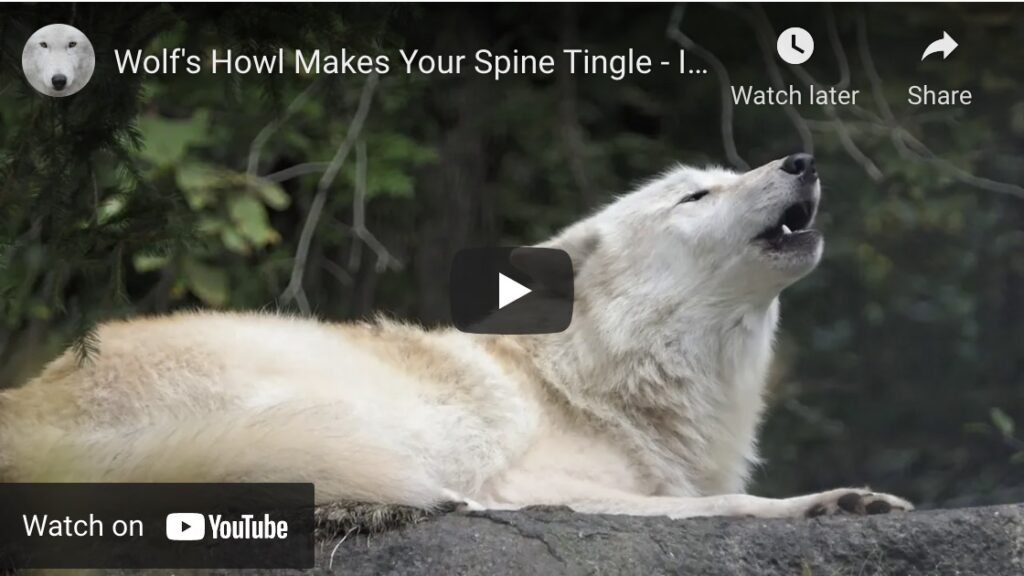
Biden administration failing to protect America’s wolves
“Essential and in danger, wolves continue to face seemingly insurmountable odds,” writes the Wolf Conservation Center. “As you read this, people in Montana, Idaho, and Wyoming are killing wolves for fun. These wolves, so carelessly slaughtered, have immense value—to their families, to ecosystems, to people who glory in knowing that wolves are found in wild places. As devastating as this is, the widespread outcry of opposition that has ensued reminds us that more and more people understand the importance of wolves and our ability to coexist. We need to treat wolves with the respect and understanding that they deserve.”
Urge President Biden and Interior Secretary Deb Haaland to restore federal Endangered Species Act protections for
Cause for concern…
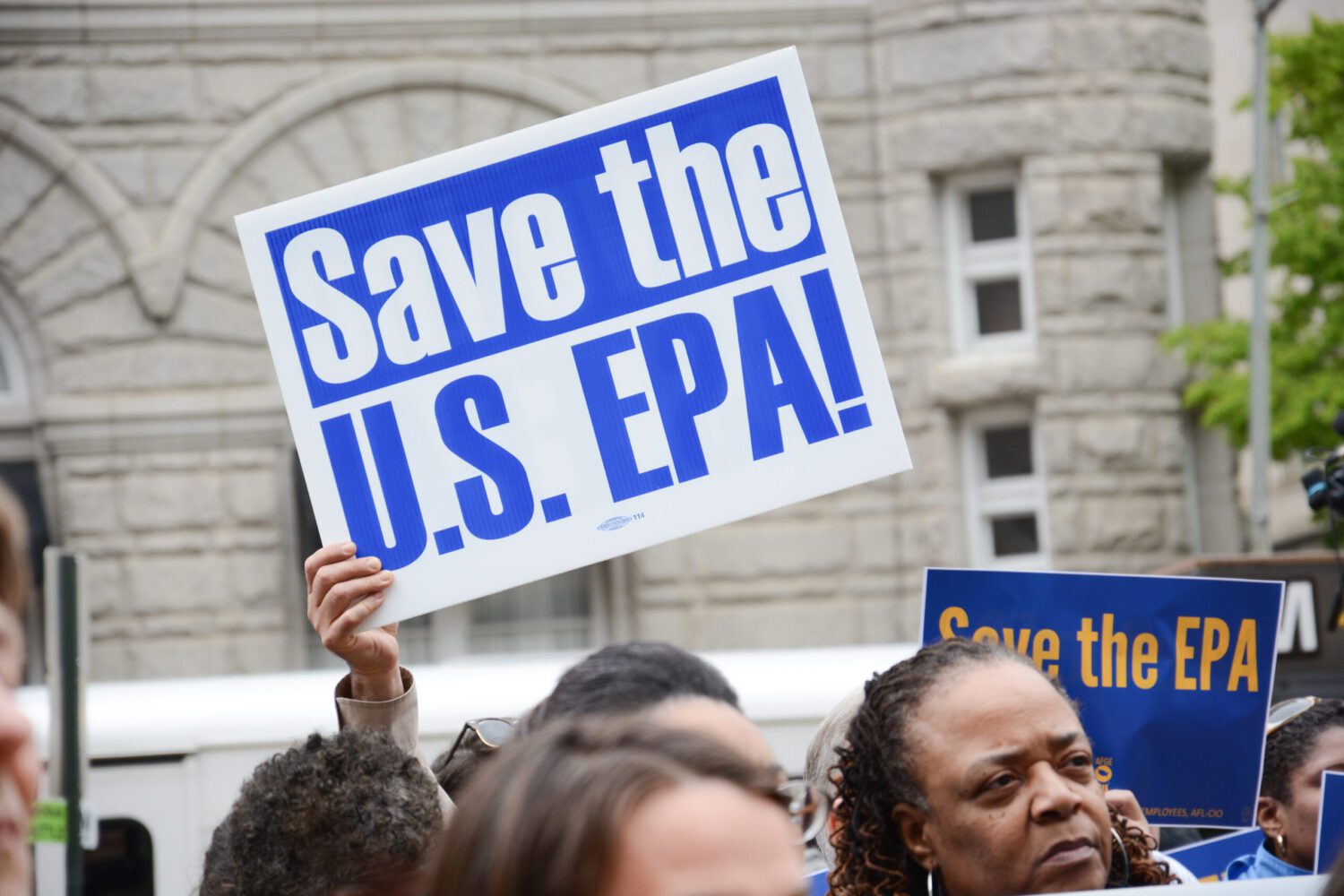
EPA’s environmental laws are broken—here’s proof
“The Environmental Protection Agency announced [during the first week of January 2022] the addition—for the first time in over three decades—of a new substance to its list of hazardous air pollutants,” reports Andrea Germanos for NationofChange. “In a Thursday [January 6] tweet sharing the [Washington] Post’s reporting, Environmental Working Group president Ken Cook also suggested the list addition was long-needed.”
“‘This isn’t proof that our environmental laws are working,’ he said. ‘It’s proof that they aren’t.’”
—Andrea Germanos, “EPA’s first new air pollutant addition in 30 years reveals agency failings: Critics” (NationofChange, January 8, 2022)
Round of applause…
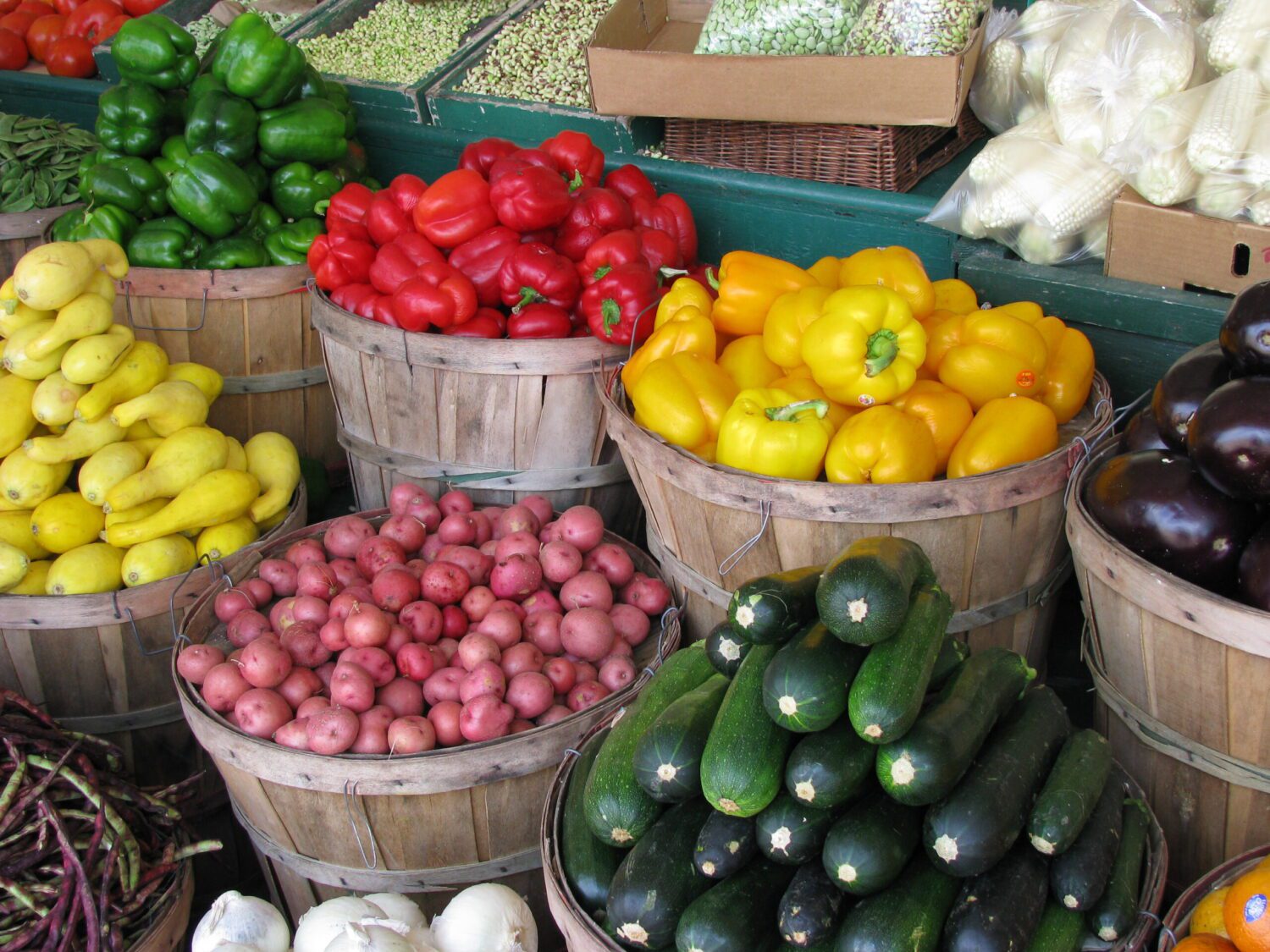
Plant-based diet could cut cancer risk by 19 percent
“The main studies that have addressed this question are the EPIC-Oxford study which showed that vegans had a 19 percent reduction in the risk of total cancer,” said Dr. Shireen Kassam, a consultant hematologist and honorary senior lecturer at King’s College Hospital, London. Dr. Kassam, who has a specialist interest in the treatment of patients with lymphoma, explained how a plant-based diet can be protective against cancer risk to Diana Buntajova for Express.co.uk. “In addition, a study from France showed that a healthy plant-based diet, not necessarily 100 percent vegan, reduced overall cancer risk by 15 percent,” she said.
—Diana Buntajova, “The popular January diet that could cut your risk of developing cancer by 19%” (Express.co.uk, January 8, 2022)
ICYMI…
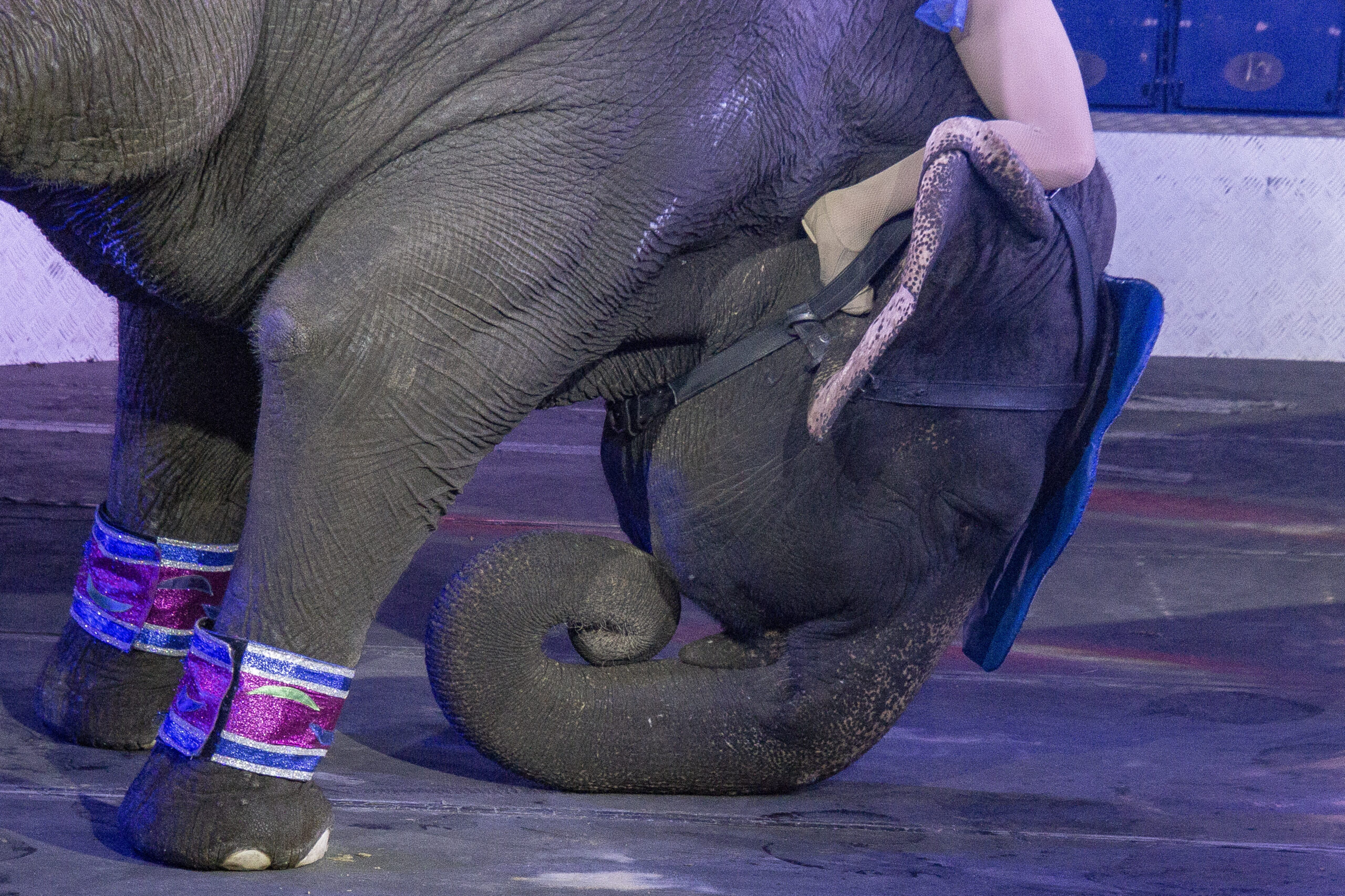
USDA failing America’s captive elephants
“Many people are unaware that circuses are still part of the American culture. The closing of the infamous Ringling Bros. and Barnum & Bailey Circus in May 2017 did not mark the end of cruelty perpetrated on elephants, who are forced into captivity and made to perform in circuses. Between 25 and 30 traveling circuses, which include caged wild animals, continue to travel and operate in the United States. There are currently more than 60 elephants and hundreds of other animals still being used for human entertainment. Circus animal cruelty and exploitation are rampant. Some operators like Loomis Bros. Circus and Carson & Barnes Circus continued operating throughout the worst of the U.S. COVID-19 pandemic in 2020…
“Performing elephants are deprived of all that is natural to them. The methods used to train a wild animal into submission include beatings, electric shock (hot shots), food and water deprivation, and brutal intimidation. Elephants do not stand on their heads, sit on stools, stand on their hind legs, or give rides to humans on their backs because they want to; they do it because they are forced to with brutal training methods.”
—EFL contributor Dee Gaug, “How the USDA Is Failing America’s Captive Elephants” (CounterPunch, July 30, 2021)
Parting thought…

“If all mankind were to disappear, the world would regenerate back to the rich state of equilibrium that existed 10,000 years ago. If insects were to vanish, the environment would collapse into chaos.” —E. O. Wilson
Earth | Food | Life (EFL) explores the critical and often interconnected issues facing the climate/environment, food/agriculture and nature/animal rights, and champions action; specifically, how responsible citizens, voters and consumers can help put society on an ethical path of sustainability that respects the rights of all species who call this planet home. EFL emphasizes the idea that everything is connected, so every decision matters.
Click here to support the work of EFL and the Independent Media Institute.
Questions, comments, suggestions, submissions? Contact EFL editor Reynard Loki at [email protected]. Follow EFL on Twitter @EarthFoodLife.
